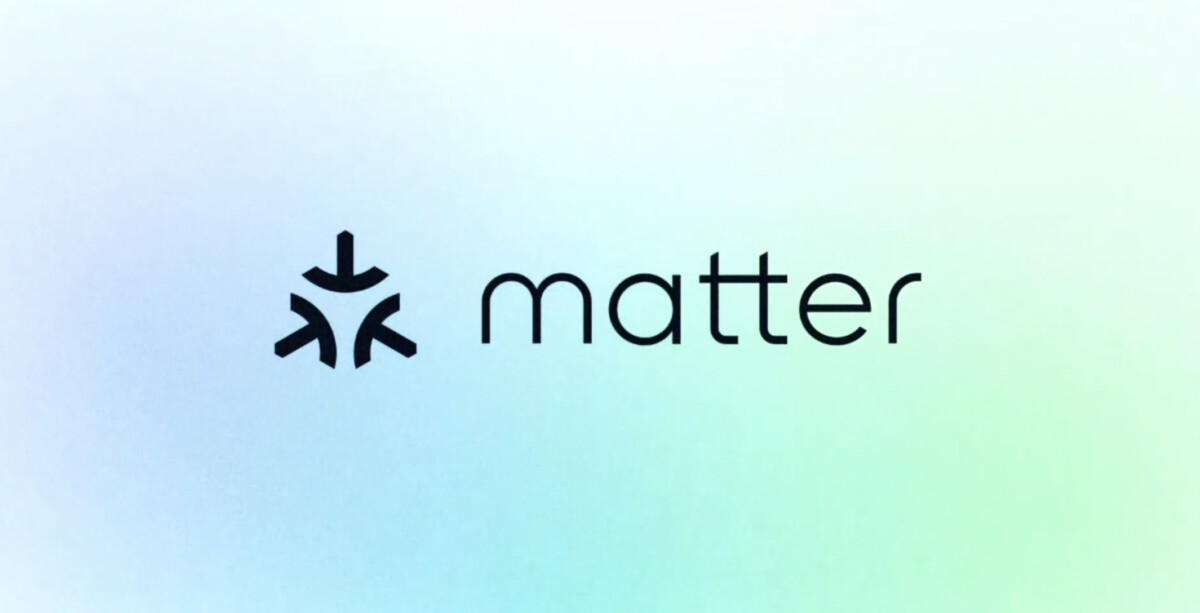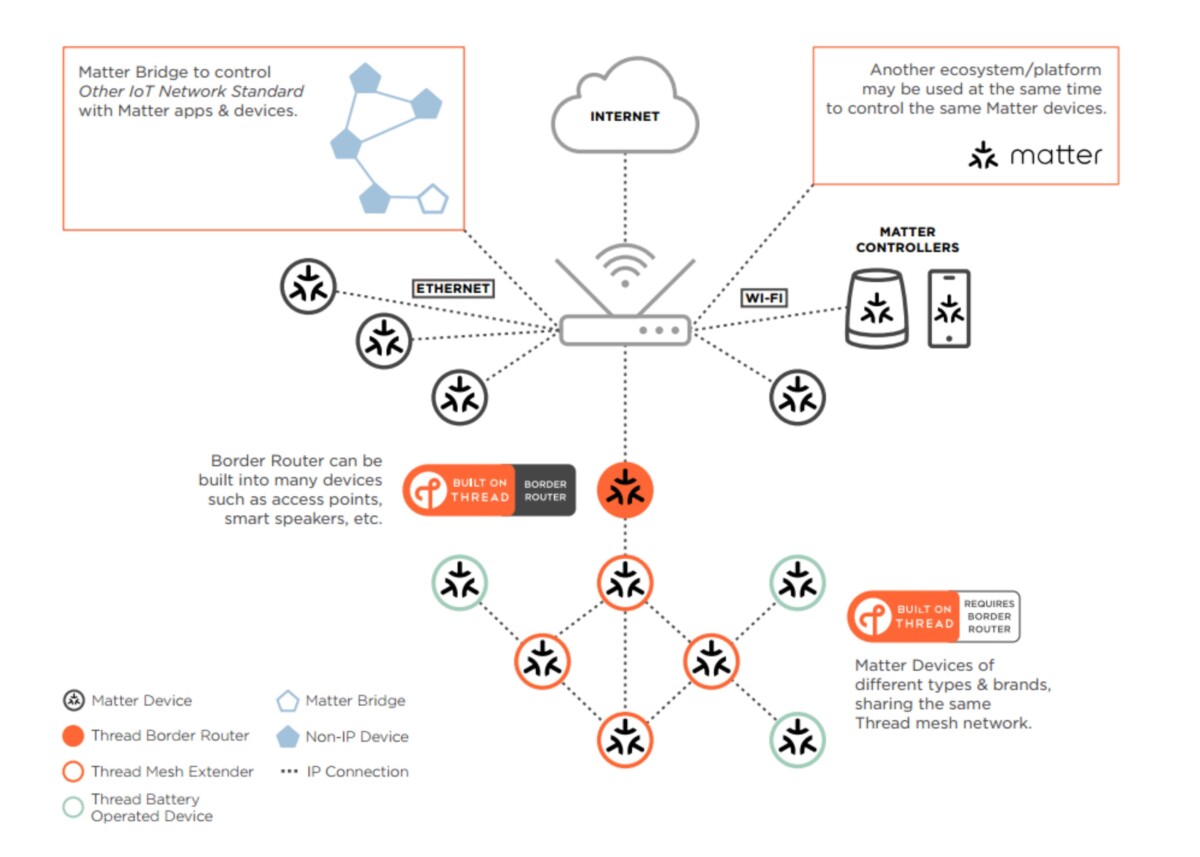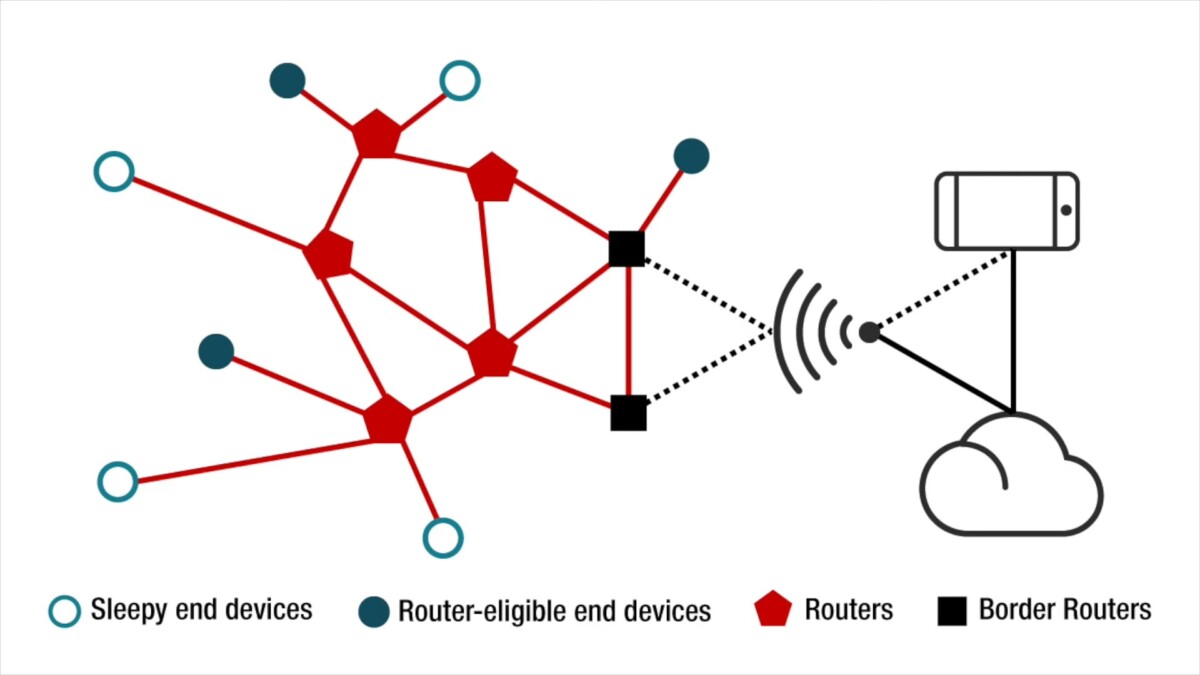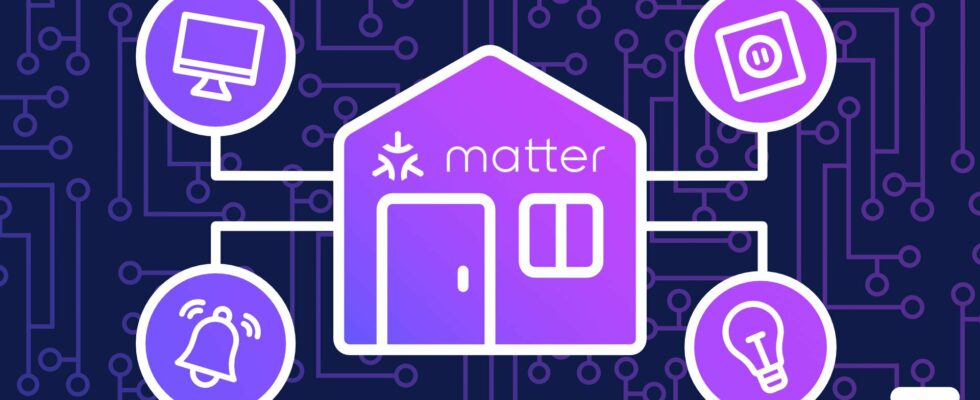The Matter protocol is the new standard unifying connected objects in a home, thus greatly simplifying home automation. How does Matter work? How to use it ? Which connected objects are compatible? We will explain everything to you !
At trade fairs such as CES or IFA, many brands have only had this word in their mouths in recent years: “matter“. This new standard protocol is supposed to revolutionize home automation and simplify the use of all our indoor connected objects. If you have not understood anything, you will find here all the explanations to understand this new universal standard.
The home automation problem
To connect your home, there are many devices. The easiest way to get started is generally to get a connected speaker (HomePod, Google Home, Amazon Echo, etc.) and connected bulbs. Thereafter, the possibilities are almost endless and connected devices multiply rapidly, allowing you to create real routines that automate your daily tasks and allow you to live without touching a button in the most extreme cases.
In this jungle, many home automation protocols have emerged to allow connected objects to communicate with each other. We can mention Wi-Fi or Bluetooth that everyone knows, but also Z-Wave, ZigBee or EnOcean. And, of course, all these beautiful people are usually not interoperable and cannot communicate with each other. This therefore requires thinking well in advance about the ecosystem that you want to put in place, otherwise you will find yourself stuck.
What is the Matter Protocol?
This is where the CHIP ( Project Connected Home over IP ), in 2019. This working group set up by Apple, Google, Amazon, Samsung and the ZigBee Alliance aims to simplify the home automation landscape and create a new royalty-free standard. This standard, you will have understood, is Matter.

Since then, CHIP members have joined the ZigBee Alliance who renamed herself for the occasion the Connectivity Standards Alliance(CSA) and new players such as Ikea, Signify or Somfy – among several hundred others – have joined the initiative.
On paper, Matter will thus make it possible to link the different existing ecosystems, and thus interconnect the different devices that we have without distinction of brand. One could therefore imagine controlling a HomePod mini (Thread compatible) from the Google Home application for example. A use difficult to envisage today with the partitioning of the different ecosystems. Moreover, it does not necessarily require going through thecloudswhich in theory makes it possible to speed up the transfer of information.
At the end of 2022, the CSA publishes version 1.0 of the Matter standard. The CSA plans to update it twice a year. While 2022 was the year of announcements, 2023 is expected to be the year of mass product launches.
How does Matter work?
If we talk about “protocol», this is an abuse of language. It is rather a standard based on already existing protocols, in particular the Internet Protocol (IP), in v6 only. This implies that old IPv4-only devices will not be compatible. The devices can thus communicate via Ethernet, Wi-Fi or via the Thread protocol and connect via Bluetooth Low Energy to facilitate initialization.
Unlike other protocols, Thread, and therefore Matter, does not require a hub or bridge to operate. It works in a mesh network, each device then serving as a node to extend its range. In total, Thread can support up to 250 nodes per network (the number of devices in total), which opens up many possibilities for connecting its housing, and up to 32 “routers» to extend the network.

To communicate with the outside world or with a smartphone (iOS and Android are compatible), the network needs a “border router», connected to the Internet and which can take several forms. We can for example mention the HomePod mini or the Apple TV 4K, but also the Google Nest WiFi Pro.
One of the big advantages of the Thread protocol is that it can reform itself at will to work properly without requiring human action. So if your “router» device fails, or is removed from the network, a new device will be selected to take on this role and allow all connected devices to continue communicating.

Adding a gateway to the network allows Matter to communicate with another network using a different protocol. This bridge can be hardware (a hub, a home automation box, etc.), but an update can be enough to make an old device compatible.
Which connected objects are compatible with Matter?
This increased connectivity will allow many existing devices to be made compatible with Matter with a simple update. Signify, for example, has already promised an update to its Philips Hue bridge to make all its products compatible.
At first, only certain devices are available with Matter. We can thus cite connected speakers, routers and lighting, real gateways to home automation, but also openings such as shutters or locks or even thermostats. In the future, Matter should evolve and also offer robot vacuum cleaners, surveillance cameras, smoke detectors and much more.
A list of all compatible devices is available on the CSA website.
Want to join a community of enthusiasts? Our Discord welcomes you, it’s a place of mutual aid and passion around tech.
